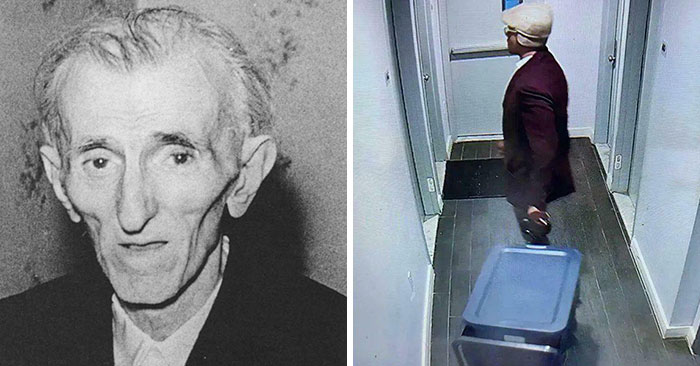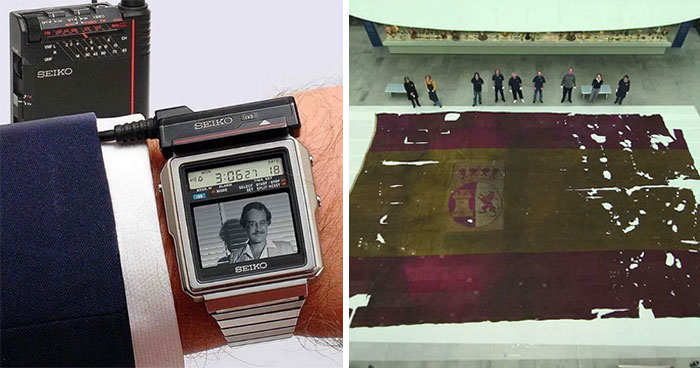If you are frustrated with the portraits you take with your phone or camera there are some easy ways to make things better. You don’t have to buy a flashy new camera or expensive lights. These are my top 7 tips for better portrait photography.
More info: tobiaskey.com
Focus on the Eyes
Most portrait photographs are built around the eyes. If the eyes are out of focus it can be very distracting and I don’t think I have ever seen a successful portrait photograph with blurred eyes, so make this your top priority.
Use a Longer Focal Length
Using a longer focal length (longer than 50mm in full frame equivalent) has a number of benefits. Firstly, it stops facial features becoming distorted if you want to shoot a close up head shot. Secondly it allows for the background to become blurred so your subject really ‘pops’. Finally it allows you to have some more space between you and your subject so you aren’t crowding them.
Choose the Right Light
My favourite light for portrait photography is bright overcast conditions. This gives a nice, even light with no harsh shadows and minimises the chance of your subject squinting or feeling uncomfortable. If the light is very sunny and harsh look for open shade from a building or try turning your sitter so their back is to the sun. Time of day matters too. If they had a choice most professionals won’t shoot in the middle of the day when the light is harshest, but either early morning or evening.
Think About Location
A portrait doesn’t have to be a tight headshot. Stepping back and showing the environment around your sitter can often create extra interest. Environmental portraits are great for telling a story or revealing something about your subjects personality or interests. It doesn’t have to anything fancy either, showing their home environment or work environment can’t create very strong images.
Use Depth to Create a more Dynamic Composition
Most of the time when we think of portraits, we tend to imagine quite shallow compositions with the subject large in the frame and a blurred background. Using converging lines and a greater depth of field can add drama to a portrait.
Come Prepared with Small Talk
If you are photographing someone you haven’t met before, it can feel quite awkward if you can’t strike up a conversation. Ask questions about them and their interests while you work and it will help them relax.
Don’t Feel you need the Latest Equipment
Portrait photography is one of the less demanding disciplines when it comes to choosing a camera. You don’t need lightning fast autofocus or clever technology. Most of the success of failure of an image is firmly down to the photographer’s skill. All of the images in this article were shot with camera equipment over 40 years old, so don’t feel you need anything too fancy to create great images.
224views
Share on Facebook
 Dark Mode
Dark Mode 

 No fees, cancel anytime
No fees, cancel anytime 























































16
0